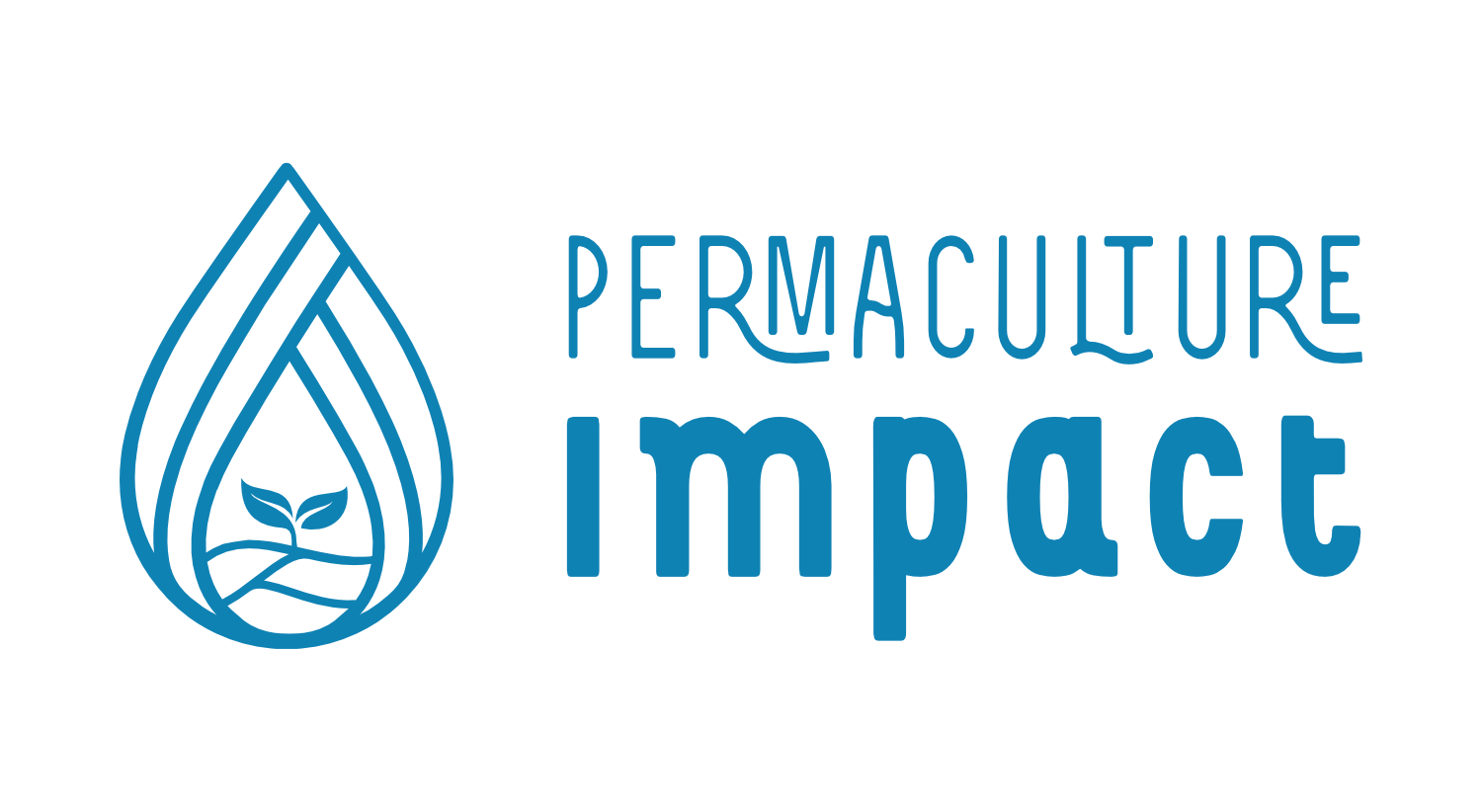Importance of Systems Thinking in Evaluation
Projects, especially those rooted in permaculture, don’t exist in isolation—they are part of larger systems. Systems thinking helps us understand the connections between different parts of a project and how our actions affect the bigger picture.
What is Systems Thinking?
Systems thinking looks at the whole instead of focusing only on individual activities or results. It asks:
- How are different parts of the project connected?
- How does one action influence others?
- What broader impacts does the project create?
For example, a reforestation project doesn’t just plant trees. It improves soil health, supports wildlife, and benefits local communities.
Why Does It Matter in Evaluation?
Systems thinking helps you:
- See the big picture: Understand the broader effects of your project.
- Spot key connections: Identify how one part of the project supports another.
- Find unexpected impacts: Both positive and negative outcomes.
In permaculture, we apply the principle “Integrate Rather Than Segregate” by recognizing that parts of a system work best when connected and supporting each other. This encourages us to evaluate not just isolated outputs but how these outputs interact to create a stronger, more resilient whole.
We also “Use and Value Edges”—the spaces where different systems or elements meet, often the most productive and diverse areas. In evaluation, this means paying special attention to the boundaries and interactions between social, ecological, and economic factors, where unexpected or amplified impacts may happen.
How to Use Systems Thinking
- Map the system: Identify all elements and how they interact (e.g., people, resources, and outcomes). Techniques like Change Pathways Maps or tools like Kumu help visualize the relationships between a project’s activities, outcomes, and impacts. You can explore these tools in the Discover: Change Pathway Mapping and Discover: Kumu Mapping Tool.
- Ask about connections: How does one action affect the whole system?
- Think in cycles: Consider how today’s actions influence long-term outcomes.
By using systems thinking alongside these permaculture principles, your evaluation will reveal not just what your project achieved, but how it fits into and strengthens the larger system it aims to transform.
